
熱帯雨林には数多くの植生層があるため、その構造は多くのほかの種類の森林とは異なる。
こうした層は「ストラタ(層)」と呼ばれている。
最下層は林床で「低木層」と呼ばれている。
低木層はシュロ、苗木、若木から成っている。
林床部の上にあるひとつもしくは複数の層は「中木層」と呼ばれている。
この中木層は大きな灌木や中木などにより構成されている。
いちばん上の層は「高木層」と呼ばれ、
高さが50m、幅が2mにもなる高木で構成されている。
高木の葉や枝がほかの層全体を覆い、ほとんどの太陽光や雨をとらえてしまうので、
高木層は通常「林冠」と言われている。
この林冠は熱帯雨林で最も多くの生命体が生息しているところで、
数百万種類もの植物や動物によって構成されている。
こうした林冠を研究することで、人間は地球サイコの生態系から学びmそれを理解することができる。
The structure of rainforests is different from most other forest types because it has many layers of vegetation. These layers are called “strata.” The bottom stratum is the forest floor and it is called the “understory.” The understory is composed of palms, seedlings and saplings. Above the forest floor are one or more strata called the “midstory.” The midstory made up of woody plants, such as large shrubs and midsized trees. The top stratum us called the “overstory” and is formed by giant trees that grow up to 50 meters high and 2 meters wide. The leaves and branches of the tallest trees cover all of the other strata and capture most of the sunlight and rain, which is why the overstory is commonly referred to as the “canopy.” The canopy is home to the largest amount of life in the rainforest and consists of millions of different plant and animal species. By studying these canopies, humans can learn from and understand earth’s oldest ecosystems.
バナナの木と同種の植物など中木層の植物は、
林冠に妨害されない光はどんなにわずかなものでもとらえるために、
非常に大きな葉を持っていることが多い。
高木層の植物の葉とは違い、林冠に当たる強い太陽光のせいで枯れることがないために、
中木層の植物の葉は大きく成長できる。
籐(とう)のように上へとつたっていくツル科の植物は熱帯雨林で急激に成長する。
中木層の植物は太さ25cmにもなることがあり、最も高い木を登ったり、
その間をかいくぐったりすることで、高木層に当たる太陽光を浴びて生き延びるのである。
Studies show that only 2 percent of sunlight reaches the floor of the rainforest. Understory plant species have developed special traits to cope with low light levels. Many have deep red coloring on their leaves to capture light of different wavelengths than that of the plants and trees in the lush, green canopy.
Midstory plants, such as relatives of the banana tree, often have exceptionally large leaves for capturing what little light the canopy does not intercept. In contrast to upper story leaves, midstory leaves can grow big because they are not dried out by the strong sunlight hitting the canopy. Vines, or climbing plants, such as rattan palms, burgeon in the rainforest. They can reach thicknesses of up to 25 centimeters, and survive by climbing up and between the tallest trees to gain exposure to the sunlight in the upper strata.
こうした生育環境はまた、熱帯雨林という生育環境に独特の植物を数多く生み出してきた。
栄養素に乏しい熱帯雨林の土壌に対応し、
上の層にある植物から落ちてくる残屑の葉を使って集める植物も存在する。
この残屑が堆積し、肥料となる小さな堆肥の山を形成する。
そこには食虫植物、つまり虫を食べる植物も存在する。
熱帯アジアに生息するような嚢状葉(のうじょうよう;ウツボカズラなど)植物は、
葉で虫を捕まえることで栄養を取っている。漏斗(ろうと)の形をした嚢状葉植物の葉に降りた虫は、
消化液に満ちたその植物の中央にいとも簡単に滑り落ちる。
すると虫は急速に溶解され、その栄養素が植物のものとなるのだ。
このような動的相互作用のほかの例として、ラフレシアがある。
世界で最も大きな花であることに加えて、その異様な匂いでもしられている。
この匂いがハエをおびき寄せ、花に受粉させるのである。
This habitat has also produced many plants that are unique to rainforest habitats. In response to the nutrient-poor soil of the rainforest some plants use their leaves to collect falling debris from other plants located higher in the strata. The debris accumulates and forms small compost piles to be used for food. There are also insectivorous, or insect-eating plants. Pitcher plants, such as those in tropical Asia, receive nutrition from trapping insects in their leaves. Insects that land on the pitcher plant’s funnel-shaped leaves easily slip into the plant’s center that is full of digestive juices. Here, the insect rapidly dissolves and the nutrients become part of the plant. Another example of this dynamic interaction is the corpse lily. In addition to being the largest flower in the world, it is also well-known for its grotesque smell. This smell attracts flies that serve to pollinate the flower.
しかし、熱帯雨林の層の秩序は自然に起きる破壊によって、定期的に乱される。
例えば、巨木が倒れるときは、その1本だけが倒れるわけではない。
通常、熱帯雨林の木々は蔦(つた)で結ばれており、1本が倒れるとほかの木を引っ張るのである。
巨大な木が1本倒れると、林冠に覆われいる場所に大きな空き地ができ、
そのおかげで太陽光と水が林床部にまで届く。
その結果、動植物が移動し、成長を始める新しい場所ができる。
However, the order of the rainforest’s strata is regularly disturbed by naturally occurring disruptions. For example, when a giant tree falls. It does not fall alone. Usually, trees in the rainforest are connected by vines that pull on other trees when one falls. The falling of one giant tree can make a large opening in the forest canopy that allows sunlight and water to reach the forest floor. This results in a new space for plants and animals to move into the area and begin to grow.
ハリケーンや台風も、再生につながる森林の混乱原因のひとつである。
熱帯雨林を詳しく研究してきた科学者や研究者らは、
時折起こる破壊と再生は健全で多様性のある森林をもたらすために、
なくてはならない過程なのだと言う。
Hurricanes and typhoons are another cause of disturbances in the forest that lead to regeneration, Scientists and researchers who have studied the rainforest in detail sat that this occasional damage and regrowth is a vital process that leads to healthy and diverse forests.
植物や動物の種の中には、あまりにも相互に依存しあっているため、
その相手がいないと生存できないものもいる。例えば、すべてのイチジクの木は、
ある特定のハチ(イチジクコバチと言われている)のしゅによって受粉がなさている。
その代わりに、これらの木はハチに唯一の産卵場所と幼虫のすみかを与えている。
こうした相互関係は、地球全体の種と同様に地域ごとの種に対して、
森林伐採が与える影響を研究している科学者らの専門研究分野である。
熱帯雨林から得られた教訓は世界の知識における重要な部分になりつつある。
それは、森林伐採によって生じる短期的な利益や産物よりも、
素晴らしくそしてより長続きする豊かさである。
Some plant and animals species are so dependent on each other that they cannot live without each other. For example, all fig trees are pollinated by a species of wasp. In return, the trees provide the only habitat for wasp eggs and larvae Such inter-relationships are the domain of scientists who study the effects of deforestation on local species, as well as global ones. The lessons found in the rainforest are forming an important part of world knowledge – a richness greater and longer lasting than the short-term profits and products that stem from deforestation.
参考:
熱帯雨林 – Wikipedia [Link]
中米の熱帯雨林フォト [Link]
熱帯林行動ネットワーク(JATAN) [Link]
森林 – Wikipedia [Link]
独立行政法人 森林総合研究所 [Link]
日本森林学会 [Link]
林野庁 [Link]

Menu Close
Hall of fame 殿堂入り
-
 【香川】日本のウユニ塩湖。瀬戸内海『父母ヶ浜(ちち...
71.9k件のビュー
【香川】日本のウユニ塩湖。瀬戸内海『父母ヶ浜(ちち...
71.9k件のビュー
-
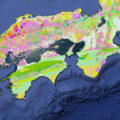 産総研が公開した地質サイトがすごい。四国の地質をみ...
44.2k件のビュー
産総研が公開した地質サイトがすごい。四国の地質をみ...
44.2k件のビュー
-
![【香川】春日川の川市 – [Kagawa] River market of Kasuga river](https://yousakana.jp/wp-content/uploads/wordpress-popular-posts/49605-featured-120x120.jpeg) 【香川 5/18】春日川の川市 – [...
41.6k件のビュー
【香川 5/18】春日川の川市 – [...
41.6k件のビュー
-
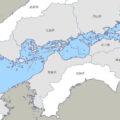 皆さんは「瀬戸内海」って聞くと、どの範囲を想像する...
41.1k件のビュー
皆さんは「瀬戸内海」って聞くと、どの範囲を想像する...
41.1k件のビュー
-
 「ザ!鉄腕!DASH!!」のダッシュ島は、瀬戸内海...
39.7k件のビュー
「ザ!鉄腕!DASH!!」のダッシュ島は、瀬戸内海...
39.7k件のビュー
-
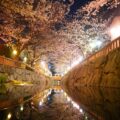 水面に映る桜、鹿の井出水(しかのいですい) ...
37.5k件のビュー
水面に映る桜、鹿の井出水(しかのいですい) ...
37.5k件のビュー
-
 四国・瀬戸内に移住をお考えの方はこちらへどうぞ。空...
37.1k件のビュー
四国・瀬戸内に移住をお考えの方はこちらへどうぞ。空...
37.1k件のビュー
-
 瀬戸内にSANAA設計の新しいシンボル『香川県立ア...
35.2k件のビュー
瀬戸内にSANAA設計の新しいシンボル『香川県立ア...
35.2k件のビュー
-
 【徳島】神山の食と農を次世代に繋ぐ『かま屋 』『か...
34.5k件のビュー
【徳島】神山の食と農を次世代に繋ぐ『かま屋 』『か...
34.5k件のビュー
-
 瀬戸内海の産業遺産、四阪島(しさかじま) The...
33.8k件のビュー
瀬戸内海の産業遺産、四阪島(しさかじま) The...
33.8k件のビュー
Search 検索
More from my site
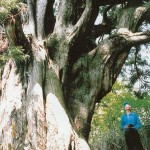 【11月17日(土)】 前回キャンセル待ちがでるほどの人気だった馬路村の「お化け杉見学」
【11月17日(土)】 前回キャンセル待ちがでるほどの人気だった馬路村の「お化け杉見学」 黄色いすだち
黄色いすだち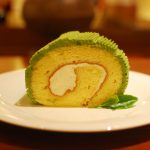 霧の森の日本茶カフェ「ゆるり」 – cafe in the foggy forest
霧の森の日本茶カフェ「ゆるり」 – cafe in the foggy forest- 「萌え米(もえまい)」って何!?お米の産地を紹介するキャラクターが毎月変わるお米の受注がはじまっています。岡山県産のきぬむすめ
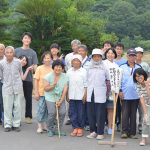 農耕の島、穏やかな人柄、集落がひとつ。手島
農耕の島、穏やかな人柄、集落がひとつ。手島- 杉本貴志展 水の茶室・鉄の茶室 – TAKASHI SUGIMOTO DESIGN, GALLERY・MA
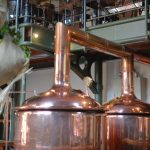 1000年の歴史を持つ世界遺産の古都クヴェトリンブルグのブルワリーを尋ねる旅
1000年の歴史を持つ世界遺産の古都クヴェトリンブルグのブルワリーを尋ねる旅 徳島県上勝町の『上勝百年会議』
徳島県上勝町の『上勝百年会議』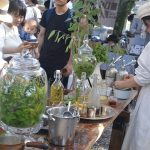 高知で出ったハーブのお店「Equivalent」
高知で出ったハーブのお店「Equivalent」![【徳島】サーフィンとコーヒーをこよなく愛すマスターのお店『とよとみ珈琲』 – [Tokushima] Toyotomi Coffee](https://yousakana.jp/wp-content/uploads/2020/04/toyotomi-coffee-150x150.jpg) 【徳島】サーフィンとコーヒーをこよなく愛すマスターのお店『とよとみ珈琲』 – [Tokushima] Toyotomi Coffee
【徳島】サーフィンとコーヒーをこよなく愛すマスターのお店『とよとみ珈琲』 – [Tokushima] Toyotomi Coffee
Random ランダム
![【香川】落雷で焼けた日本最古の三間社流造様式の神社建築。国宝『神谷神社』 – [Kagawa] National treasures “Kandani shrine”](https://yousakana.jp/wp-content/uploads/2021/01/Kandani-shrine_kagawa_sakaide-800x533.jpg) 【香川】落雷で焼けた日本最古の三間社流造様式の神社建築。国宝『神谷神社』 – [Kagawa] National treasures “Kandani shrine”
【香川】落雷で焼けた日本最古の三間社流造様式の神社建築。国宝『神谷神社』 – [Kagawa] National treasures “Kandani shrine” 【女木島 8/6】島の神様に捧げるお祭り『住吉神社大祭』 – The shrine festival at Megijima island
【女木島 8/6】島の神様に捧げるお祭り『住吉神社大祭』 – The shrine festival at Megijima island![【香川】ちょうさが集まる瀬戸内の秋祭り「白羽神社 秋祭り」 – [Kagawa] Shrine Autumn Festival with CHOUSA at Setouchi](https://yousakana.jp/wp-content/uploads/2015/09/DSC_01051-800x536.jpg) 【香川】ちょうさが集まる瀬戸内の秋祭り「白羽神社 秋祭り」 – [Kagawa] Shrine Autumn Festival with CHOUSA at Setouchi
【香川】ちょうさが集まる瀬戸内の秋祭り「白羽神社 秋祭り」 – [Kagawa] Shrine Autumn Festival with CHOUSA at Setouchi 【日本唯一の定期運行寝台列車】瀬戸大橋から多島美と朝日を眺める『寝台特急サンライズ瀬戸』 – Sleeper train “The Sunrise Seto”
【日本唯一の定期運行寝台列車】瀬戸大橋から多島美と朝日を眺める『寝台特急サンライズ瀬戸』 – Sleeper train “The Sunrise Seto” ジャンボフェリーの新造船『あおい』 – Jumbo Ferry “Aoi”
ジャンボフェリーの新造船『あおい』 – Jumbo Ferry “Aoi”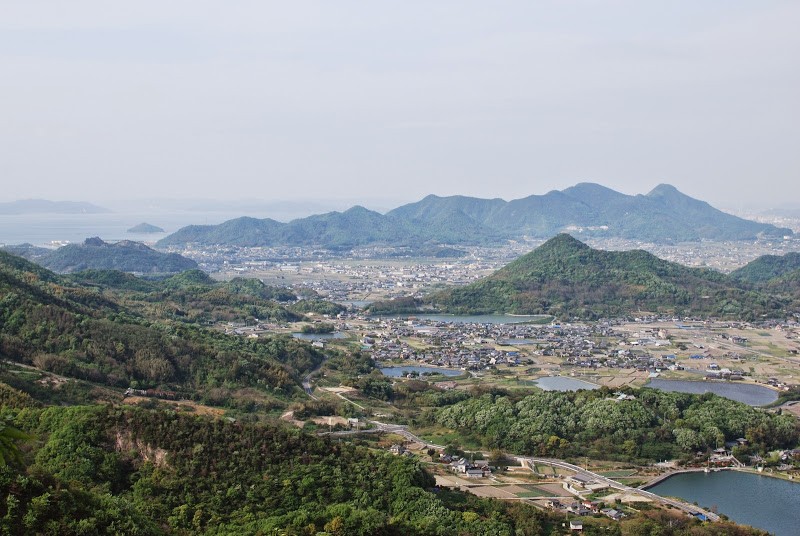 今日のあるく•みる•きく 香川県三豊市
今日のあるく•みる•きく 香川県三豊市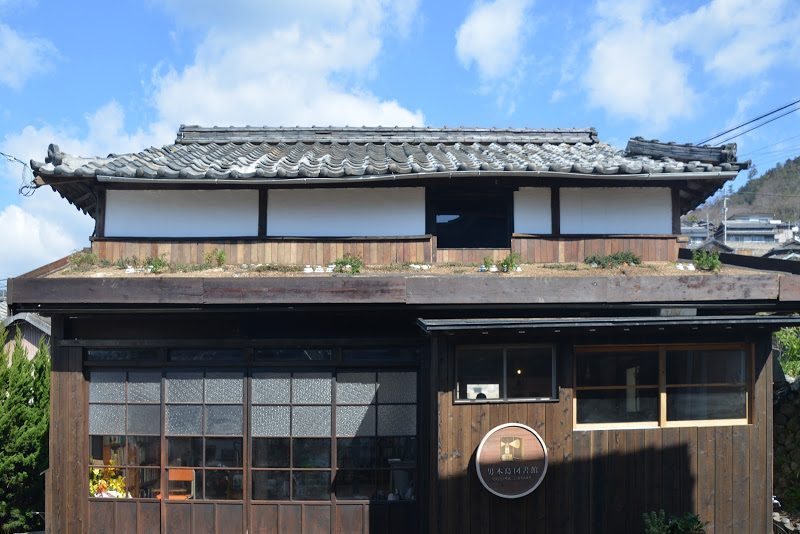 【全国から応援、蔵書は3500冊】島の図書館、男木島図書館。移住相談窓口も Ogi island library
【全国から応援、蔵書は3500冊】島の図書館、男木島図書館。移住相談窓口も Ogi island library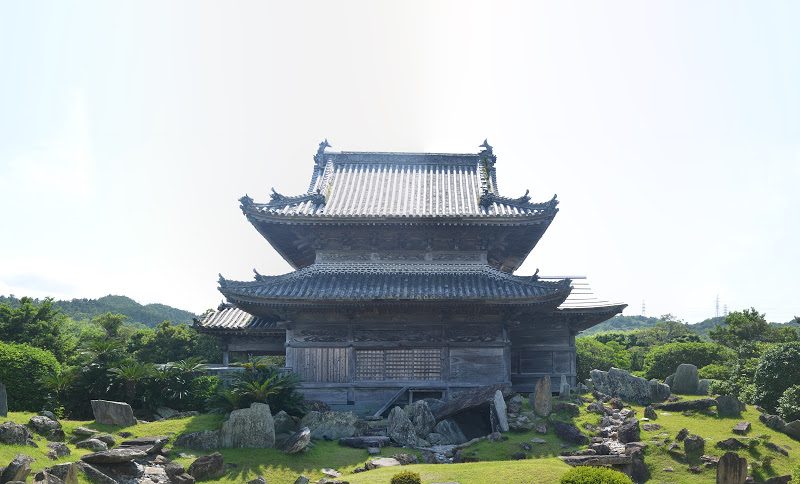 作庭家・重森三玲も認めた息呑む石庭、国の名勝「阿波国分寺庭園」 – Awa-Kokubunji Temple
作庭家・重森三玲も認めた息呑む石庭、国の名勝「阿波国分寺庭園」 – Awa-Kokubunji Temple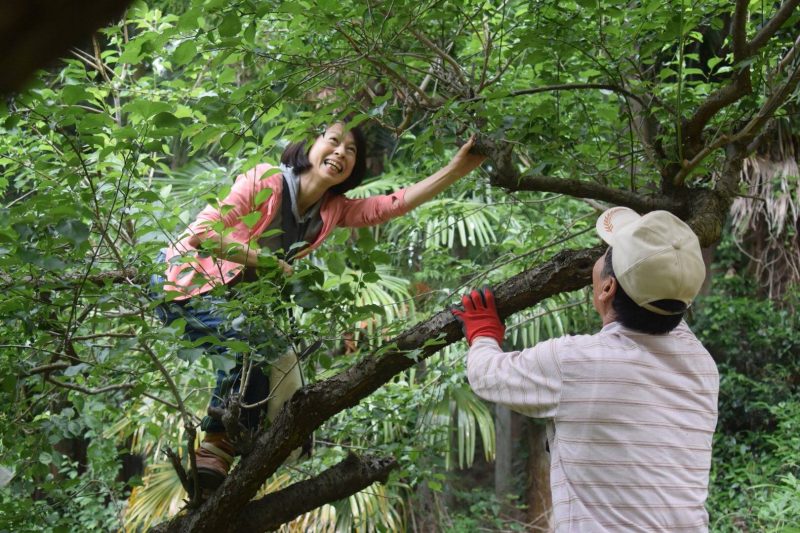 いざ神山へ!梅の収穫に
いざ神山へ!梅の収穫に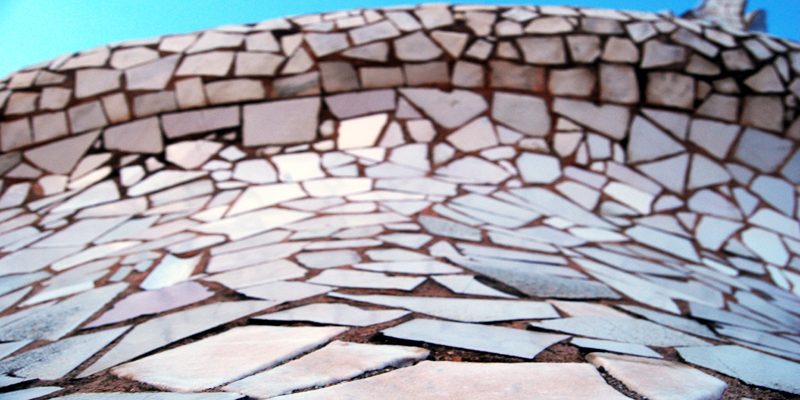 Trencadis トレンカディス
Trencadis トレンカディス
月 Month
Links 関連リンク
- 地域経済分析システム(RESAS)
- 観光地域づくり団体 Next IRIAI Lab.
- 一般社団法人arc(あるく)
- 高松市エリアデザイン・アーキテクト
- 瀬戸内国際芸術祭「こえび新聞」
- 【テレビ】every.フライデー | 香川県 RNC西日本放送
コメンテーター 3週毎金曜 15:50〜16:43 - 【ラジオ】波のりラジオ 1449khz | 香川県 RNC西日本放送
毎月第2土曜 12:40頃〜
Search 検索
Random ランダム
![【豊島 最終回 6/22】豊島に残る豊かな食卓 『豊島農民福音学校』- [Teshima island Last session 6/22] The evangelistic school for farmers at Teshima island](https://yousakana.jp/wp-content/uploads/2018/04/teshima-nomin-fukuin-school-800x536.jpg) 【豊島 最終回 6/22】豊島に残る豊かな食卓 『豊島農民福音学校』- [Teshima island Last session 6/22] The evangelistic school for farmers at Teshima island
【豊島 最終回 6/22】豊島に残る豊かな食卓 『豊島農民福音学校』- [Teshima island Last session 6/22] The evangelistic school for farmers at Teshima island- 子どもの本専門店 メリーゴーランド – 三重県四日市市松本3-9-6
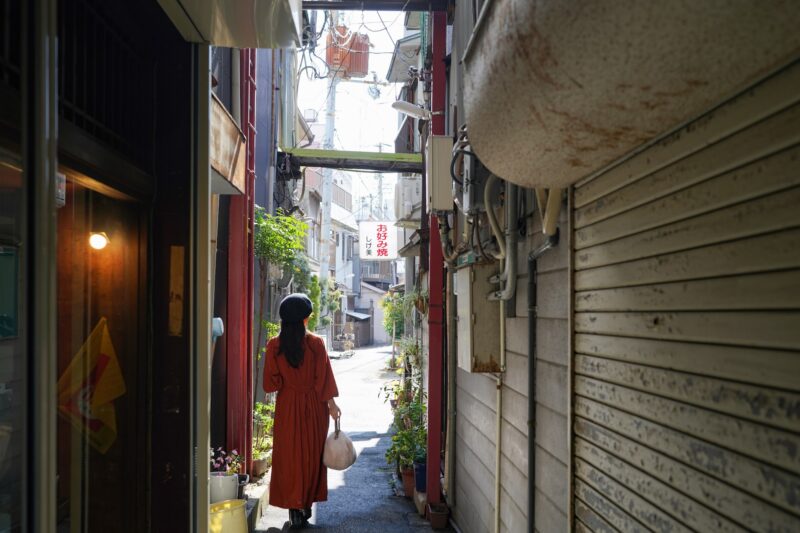 大阪の下町の日常を旅する『セカイホテル』 – SEKAI HOTEL, a trip to enjoy everyday life in downtown Osaka.
大阪の下町の日常を旅する『セカイホテル』 – SEKAI HOTEL, a trip to enjoy everyday life in downtown Osaka.![【香川】美術館は心の病院『丸亀市猪熊弦一郎現代美術館』 – [Kagawa] Art is a Vitamin “MIMOCA”](https://yousakana.jp/wp-content/uploads/2023/12/mimoca_01.jpeg) 【香川】美術館は心の病院『丸亀市猪熊弦一郎現代美術館』 – [Kagawa] Art is a Vitamin “MIMOCA”
【香川】美術館は心の病院『丸亀市猪熊弦一郎現代美術館』 – [Kagawa] Art is a Vitamin “MIMOCA”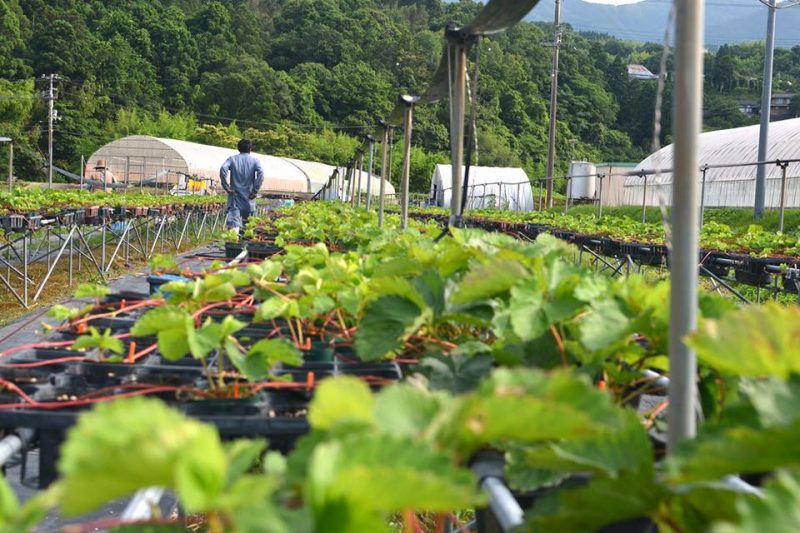 佐那河内村、モモイチゴとカボチャのフロッタージュ
佐那河内村、モモイチゴとカボチャのフロッタージュ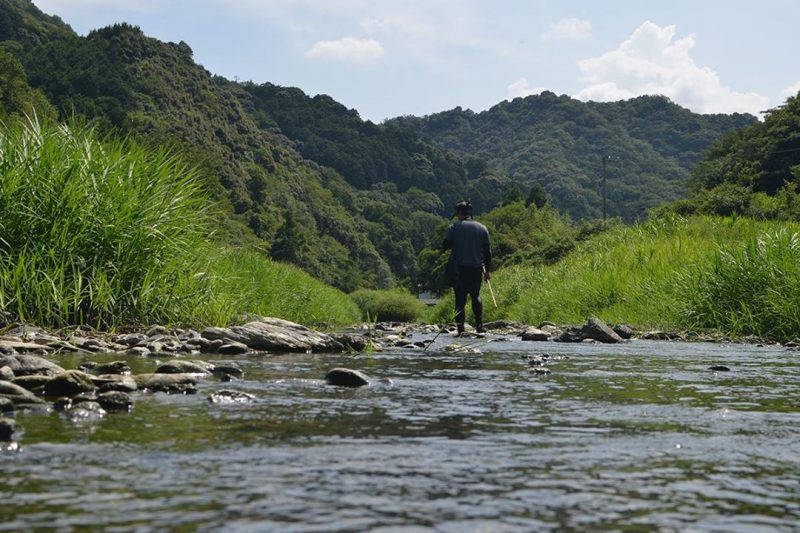 佐那河内村の川をあるく
佐那河内村の川をあるく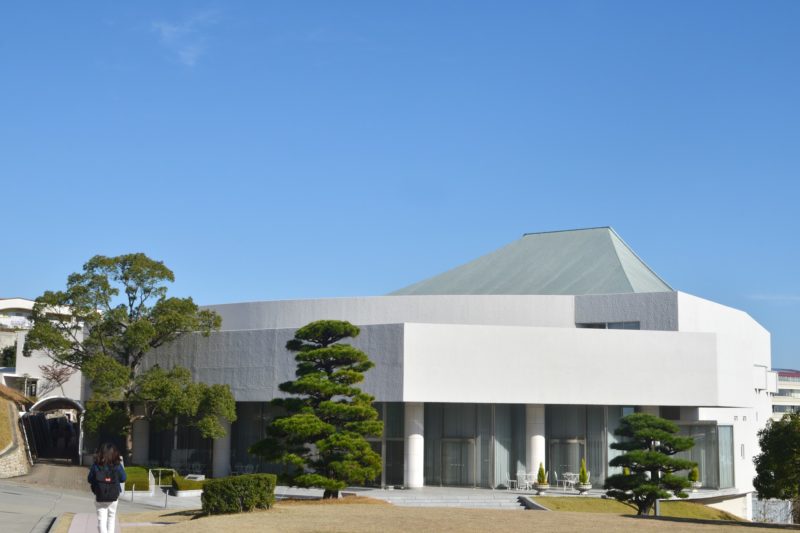 建築家・村野藤吾、神戸 甲南女子大学 – Konan Women’s University by Architect Tōgo Murano
建築家・村野藤吾、神戸 甲南女子大学 – Konan Women’s University by Architect Tōgo Murano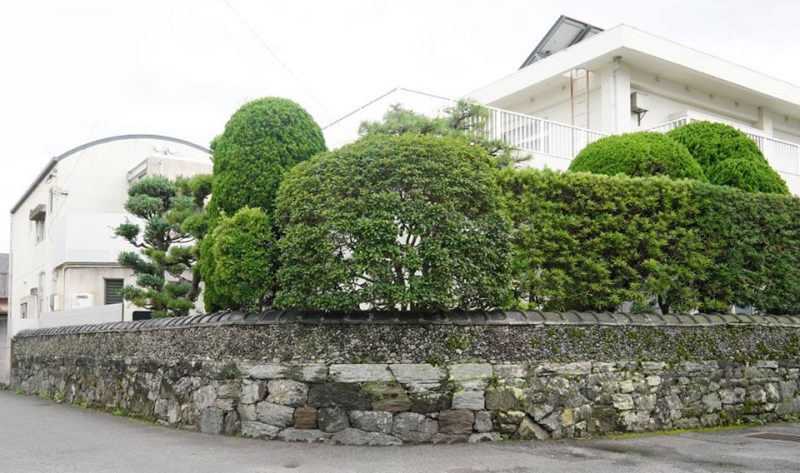 徳島、おとめ石の石積み – Otome stone wall at Tokushima city
徳島、おとめ石の石積み – Otome stone wall at Tokushima city 古墳時代の最先端『石舟石棺(いしぶねせっかん)』 – Stone coffin about 1,500 years ago
古墳時代の最先端『石舟石棺(いしぶねせっかん)』 – Stone coffin about 1,500 years ago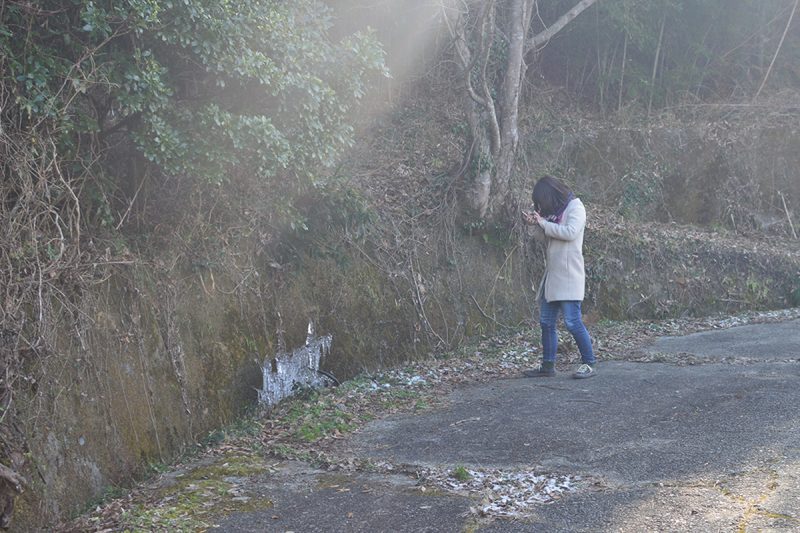 風景に潜むアーティスト
風景に潜むアーティスト
Random ランダム
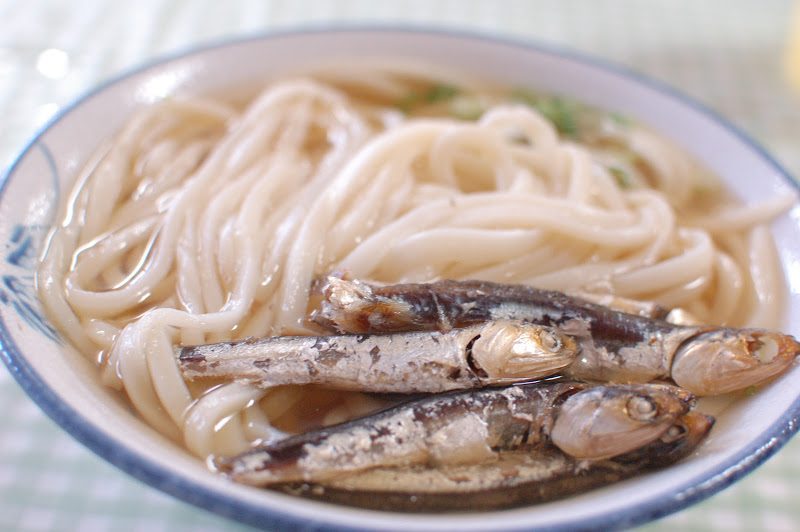 宮川製麺所 – Miayagawa Sanuki udon noodle factory
宮川製麺所 – Miayagawa Sanuki udon noodle factory 城下町に溶け込む分散型ホテル『NIPPONIA』 HOTEL, Castle town Ōzu
城下町に溶け込む分散型ホテル『NIPPONIA』 HOTEL, Castle town Ōzu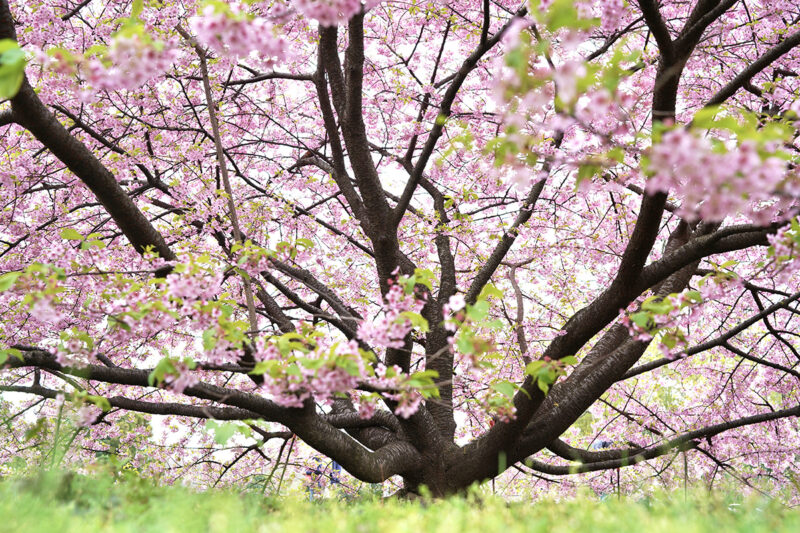 【香川】吉津の河津桜 – Kawazu Cherry Blossoms of Yoshizu
【香川】吉津の河津桜 – Kawazu Cherry Blossoms of Yoshizu- 鉛筆について
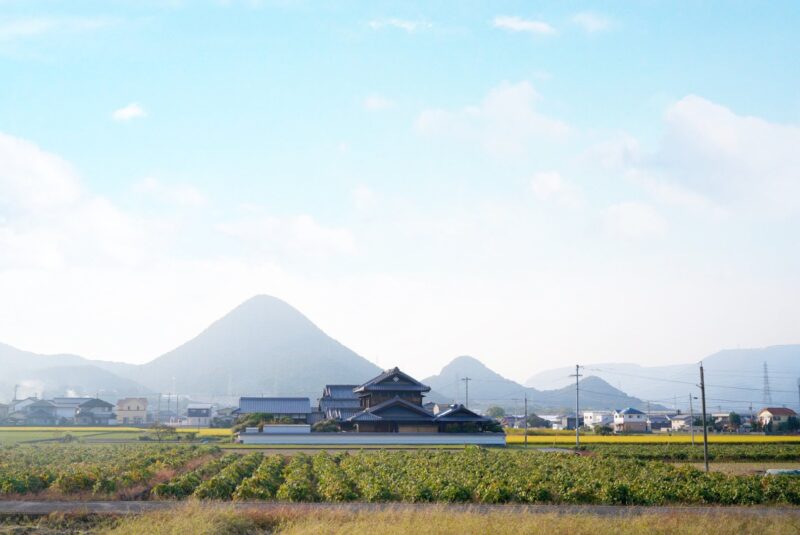 讃岐三兄弟 – 3 Brothers’ Mountains
讃岐三兄弟 – 3 Brothers’ Mountains- AJI PROJECT・庵治プロジェクト
![【閉店】瀬戸内の旬の味、料理「遊」 – [Closed] Seasonal cuisine of Setouchi “Yū”](https://yousakana.jp/wp-content/uploads/2015/12/DSC_2930-800x533.jpg) 【閉店】瀬戸内の旬の味、料理「遊」 – [Closed] Seasonal cuisine of Setouchi “Yū”
【閉店】瀬戸内の旬の味、料理「遊」 – [Closed] Seasonal cuisine of Setouchi “Yū”![【香川】酵母と食べ事『ジャンキーノンキー』 – [Kagawa] breads and meals yeast based on wheat flour “Junky Nonky”](https://yousakana.jp/wp-content/uploads/2023/07/junky-nonky-01-800x533.jpeg) 【香川】酵母と食べ事『ジャンキーノンキー』 – [Kagawa] breads and meals yeast based on wheat flour “Junky Nonky”
【香川】酵母と食べ事『ジャンキーノンキー』 – [Kagawa] breads and meals yeast based on wheat flour “Junky Nonky”![【愛媛】いとまちホテルゼロ – [Ehime] ITOMACHI HOTEL 0](https://yousakana.jp/wp-content/uploads/2023/06/itomachi-hotel-0-800x533.jpeg) 【愛媛】いとまちホテルゼロ – [Ehime] ITOMACHI HOTEL 0
【愛媛】いとまちホテルゼロ – [Ehime] ITOMACHI HOTEL 0 美しい木造アーチ橋。山口県岩国市の「錦帯橋(きんたいきょう)」 – The historical wooden arch bridge “Kintai Bridge”
美しい木造アーチ橋。山口県岩国市の「錦帯橋(きんたいきょう)」 – The historical wooden arch bridge “Kintai Bridge”
月間ランキング - Monthly ranking
Random ランダム
 佐那河内村の宅配お弁当屋さん「yome厨房」
佐那河内村の宅配お弁当屋さん「yome厨房」 ブックカフェソロー – Book cafe Solow
ブックカフェソロー – Book cafe Solow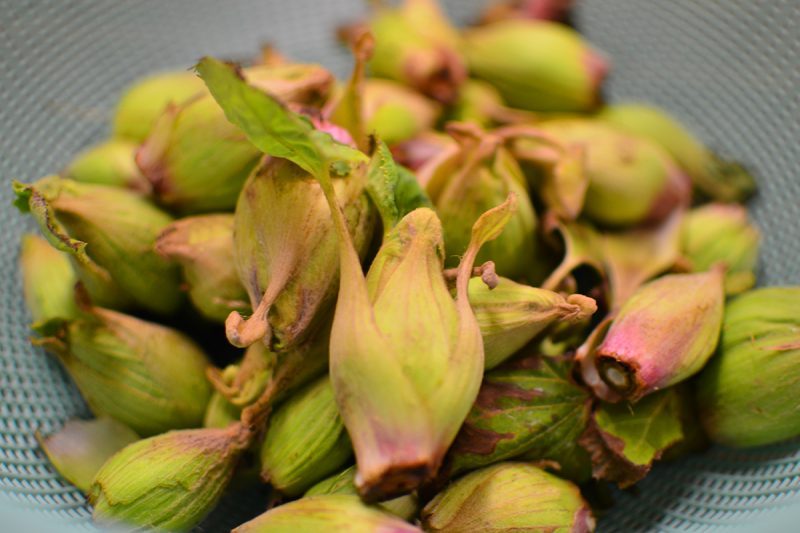 蕗の薹(ふきのとう)の季節
蕗の薹(ふきのとう)の季節- AA Shool Projects Review 2008 – Architectural Association, School of Architecture
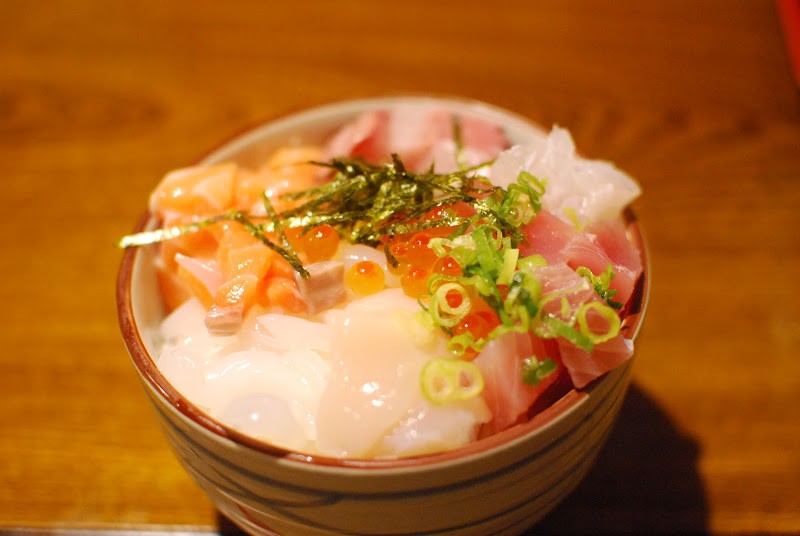 海鮮丼がなんと380円!大三島(おおみしま)の食事処「大漁」 The eating facility "Tairyo" at Ōmishima island
海鮮丼がなんと380円!大三島(おおみしま)の食事処「大漁」 The eating facility "Tairyo" at Ōmishima island 讃岐うどん さか枝 – Sanuki Udon Noodle “Sakaeda”
讃岐うどん さか枝 – Sanuki Udon Noodle “Sakaeda”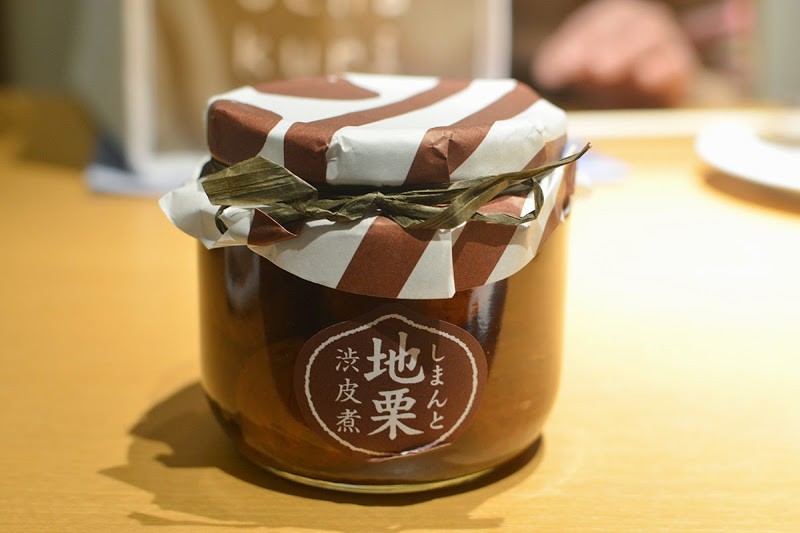 しまんと地栗渋皮煮 Sweet chestnuts of Shimanto, Kochi pref.
しまんと地栗渋皮煮 Sweet chestnuts of Shimanto, Kochi pref.- 1908年 ロンドンオリンピックの年にできた本屋 – Waterstone's Gower Street 82 Gower Street, London WC1E 6EQ
![【香川 2025年9月頃】サンポート高松に外資系ホテルが開業予定 – [Kagawa Around Sep. 2025] New hotel will open in Sunport Takamatsu](https://yousakana.jp/wp-content/uploads/2022/06/sunport-takamatsu_hotel-800x533.jpeg) 【香川 2025年9月頃】サンポート高松に外資系ホテルが開業予定 – [Kagawa Around Sep. 2025] New hotel will open in Sunport Takamatsu
【香川 2025年9月頃】サンポート高松に外資系ホテルが開業予定 – [Kagawa Around Sep. 2025] New hotel will open in Sunport Takamatsu- 「水の中でも水をはじく」超疎水性を持つナノ素材 – WIRED VISION
Random ランダム
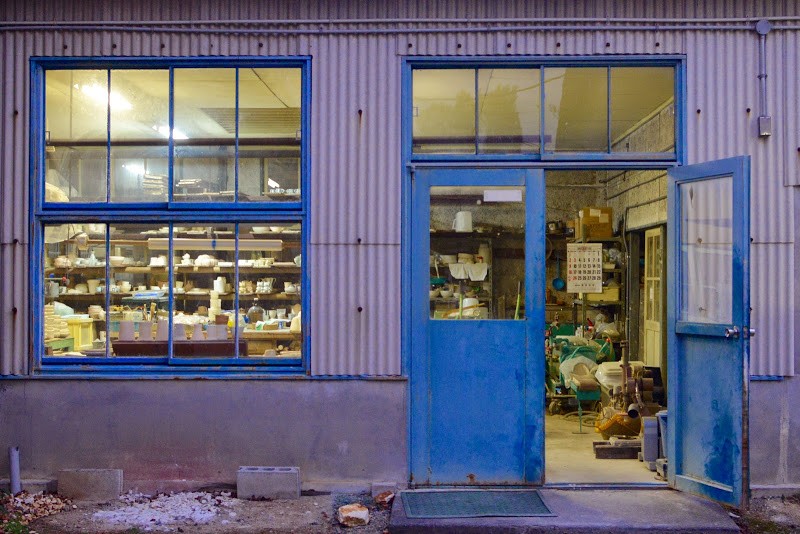 愛媛県砥部町の窯業技術センター (産業技術研究所) Ceramic Research Center of Ehime
愛媛県砥部町の窯業技術センター (産業技術研究所) Ceramic Research Center of Ehime 髙松おでん「かけあし」 – Oden “Kakeashi”
髙松おでん「かけあし」 – Oden “Kakeashi”- 【3月25日(日) 菜の花ウォークの情報を追加しました】 徳島県神山町の大久保集落と江田集落の菜の花がまもなく見頃を迎えるそうです
- とうめいのかたち展 – designshop 南麻布
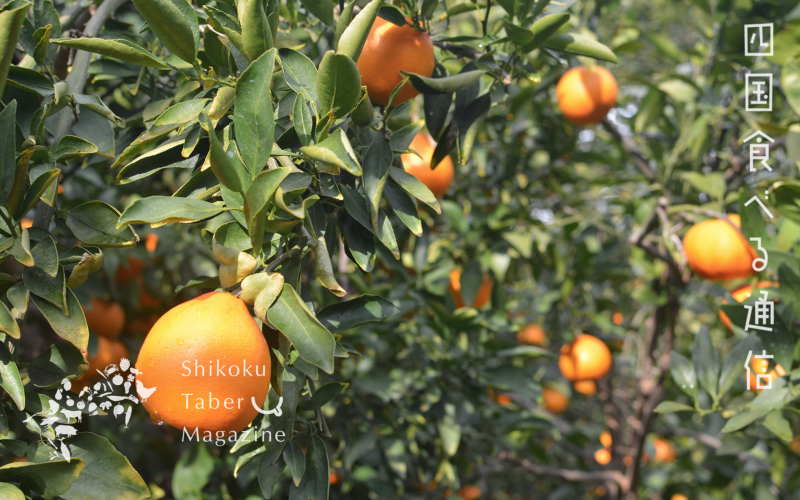 四国食べる通信2月号 写真集
四国食べる通信2月号 写真集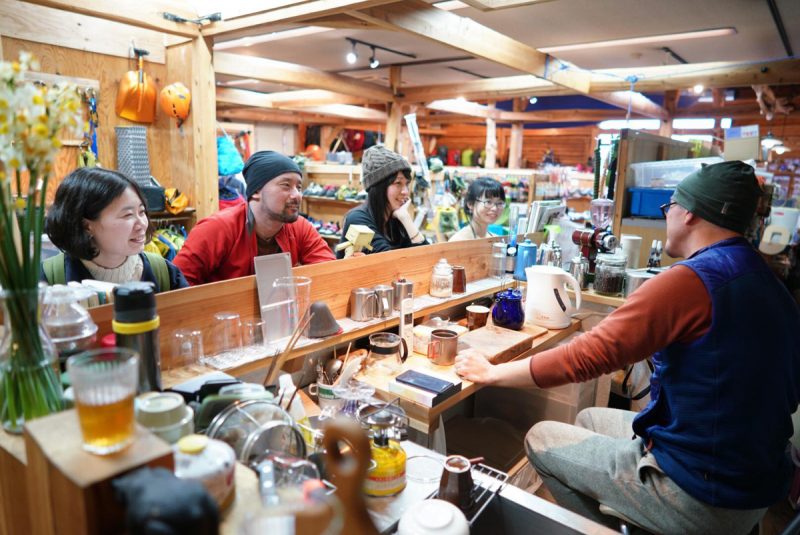 コーヒーの飲めるアウトドアショップ「クロスポイント」
コーヒーの飲めるアウトドアショップ「クロスポイント」 トラベルカルチャーマガジン『TRANSIT(トランジット)』
トラベルカルチャーマガジン『TRANSIT(トランジット)』 高松市サンポート『エリアデザイン・アーキテクト』を拝命しました! – “Area Design Architect” for Sunport, Takamatsu
高松市サンポート『エリアデザイン・アーキテクト』を拝命しました! – “Area Design Architect” for Sunport, Takamatsu![【香川 4/27】香川県内で唯一、滝宮天満宮で行われている『うそかえ神事』 – [Kagawa 27 Apr] Uso-Kae ritual at Takinomiya Tenmangu Shrine.](https://yousakana.jp/wp-content/uploads/2025/05/usokae_takinomiya-tenmangu-800x534.jpg) 【香川 4/27】香川県内で唯一、滝宮天満宮で行われている『うそかえ神事』 – [Kagawa 27 Apr] Uso-Kae ritual at Takinomiya Tenmangu Shrine.
【香川 4/27】香川県内で唯一、滝宮天満宮で行われている『うそかえ神事』 – [Kagawa 27 Apr] Uso-Kae ritual at Takinomiya Tenmangu Shrine. 夏至の過ごし方 summer solstice
夏至の過ごし方 summer solstice
Random ランダム
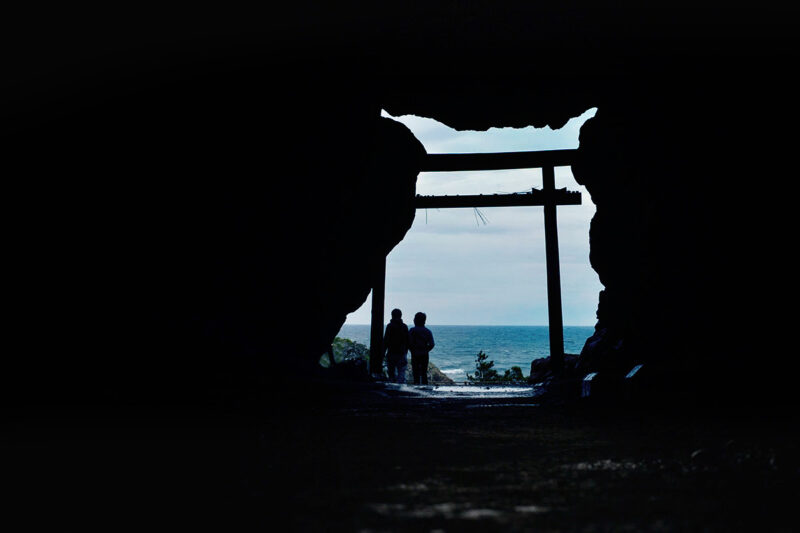 【6/15空海生誕】空と海がみえる洞窟。空海、悟りの地『御厨人窟(みくろど)』 – Land of Kukai’s enlightenment “Mikurodo Cave”
【6/15空海生誕】空と海がみえる洞窟。空海、悟りの地『御厨人窟(みくろど)』 – Land of Kukai’s enlightenment “Mikurodo Cave”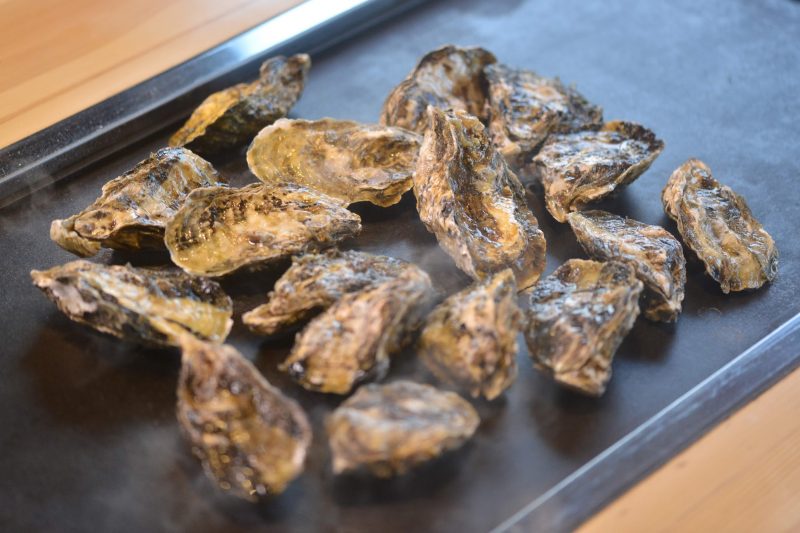 瀬戸内の冬のごちそう。カキ食べ放題『かきの山』 – Only Winter, Grilled Oysters “Kaki-no-yama”
瀬戸内の冬のごちそう。カキ食べ放題『かきの山』 – Only Winter, Grilled Oysters “Kaki-no-yama” 慶應義塾大学SFC『神山の暮らしの風景図鑑』『かみやまでいきること』など
慶應義塾大学SFC『神山の暮らしの風景図鑑』『かみやまでいきること』など![【徳島】阿波國一の宮 大麻比古神社 – [Tokushima] Ōasahiko Shrine](https://yousakana.jp/wp-content/uploads/2020/07/3671179fbb08245509a7ad0a96668624-800x534.jpg) 【徳島】阿波國一の宮 大麻比古神社 – [Tokushima] Ōasahiko Shrine
【徳島】阿波國一の宮 大麻比古神社 – [Tokushima] Ōasahiko Shrine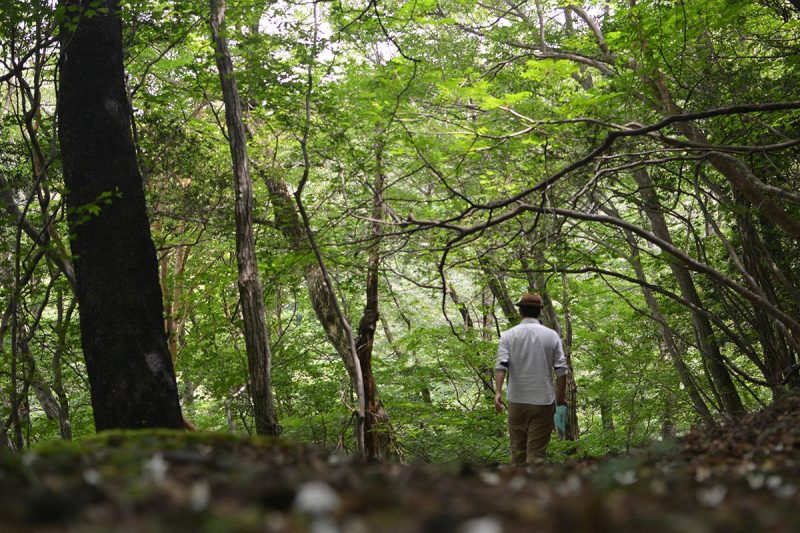 今日は朝から佐那河内村の森へ
今日は朝から佐那河内村の森へ![【香川】建築家・山本忠司。風土に根ざし、地域を育む建築 – [Kagawa] Architect Tadashi Yamamoto](https://yousakana.jp/wp-content/uploads/2019/02/Seto-Inland-Sea-History-Folk-Museum-3-800x535.jpg) 【香川】建築家・山本忠司。風土に根ざし、地域を育む建築 – [Kagawa] Architect Tadashi Yamamoto
【香川】建築家・山本忠司。風土に根ざし、地域を育む建築 – [Kagawa] Architect Tadashi Yamamoto アートの島 直島にあるアートな老舗文具店 「村尾商店」 – The Murao store in Naoshima
アートの島 直島にあるアートな老舗文具店 「村尾商店」 – The Murao store in Naoshima![【東京】和田邦坊が描いた蕎麦屋の天井画『つづらそば』 – [Tokyo] “Tsuzura Soba”, decorative ceiling painting by Kunibo Wada](https://yousakana.jp/wp-content/uploads/2017/11/kunibo-wada-02-800x533.jpg) 【東京】和田邦坊が描いた蕎麦屋の天井画『つづらそば』 – [Tokyo] “Tsuzura Soba”, decorative ceiling painting by Kunibo Wada
【東京】和田邦坊が描いた蕎麦屋の天井画『つづらそば』 – [Tokyo] “Tsuzura Soba”, decorative ceiling painting by Kunibo Wada 鳴門からの贈り物、大毛島の豊田商店 – Gifts from Naruto “Toyota store” at Ōge island
鳴門からの贈り物、大毛島の豊田商店 – Gifts from Naruto “Toyota store” at Ōge island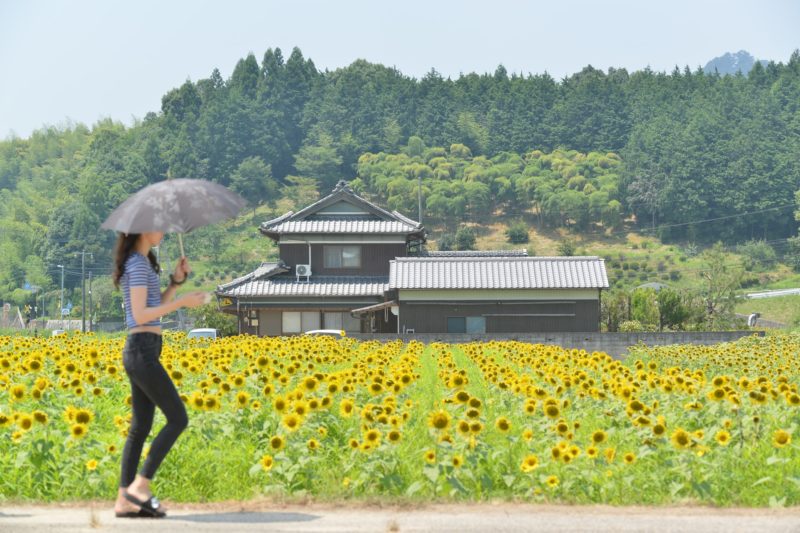 【香川 120万本】ひまわりオイル、ひまわり牛。まんのう町のひまわり畑 – Sunflower field of Mannou town, Kagwa pref.
【香川 120万本】ひまわりオイル、ひまわり牛。まんのう町のひまわり畑 – Sunflower field of Mannou town, Kagwa pref.
Random ランダム
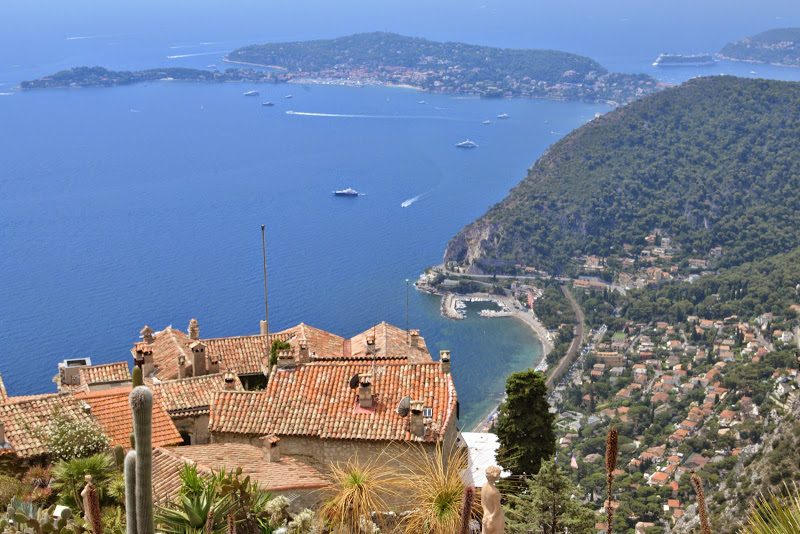 地中海・南フランス・コートダジュールのエズ村 – “eagle’s nest” Èze, Côte d’Azur, France
地中海・南フランス・コートダジュールのエズ村 – “eagle’s nest” Èze, Côte d’Azur, France![【徳島】信正の一本桜 – [Tokushima] a cherry tree at Nobumasa](https://yousakana.jp/wp-content/uploads/2022/03/nobumasa_cherry-tree-800x533.jpg) 【徳島】信正の一本桜 – [Tokushima] a cherry tree at Nobumasa
【徳島】信正の一本桜 – [Tokushima] a cherry tree at Nobumasa![【小豆島】ぷりっぷりの食感に感動!『なかぶ庵』さんの生そうめん – [Shodoshima island] Somen noodles (fine white noodles) “Nakabuan”](https://yousakana.jp/wp-content/uploads/2022/03/nakabuan_shomen_shodoshima-island_index-800x533.jpg) 【小豆島】ぷりっぷりの食感に感動!『なかぶ庵』さんの生そうめん – [Shodoshima island] Somen noodles (fine white noodles) “Nakabuan”
【小豆島】ぷりっぷりの食感に感動!『なかぶ庵』さんの生そうめん – [Shodoshima island] Somen noodles (fine white noodles) “Nakabuan”- イサム・ノグチ展 – 彫刻から空間デザインへ~その無限の創造力
 小豆島、波花堂の『御塩(ごえん)』
小豆島、波花堂の『御塩(ごえん)』 【尾道】国内初!スタジオ・ムンバイが手がける宿 – LOG (Lantern Onomichi Garden) with STUDIO MUMBAI
【尾道】国内初!スタジオ・ムンバイが手がける宿 – LOG (Lantern Onomichi Garden) with STUDIO MUMBAI![【香川 秋冬限定】オリーブハマチ丼 – [Kagawa Olive Hamachi season] Rice bowl topped with Olive Hamachi (yellow-tail)](https://yousakana.jp/wp-content/uploads/2020/09/Olive-Hamachi-800x534.jpg) 【香川 秋冬限定】オリーブハマチ丼 – [Kagawa Olive Hamachi season] Rice bowl topped with Olive Hamachi (yellow-tail)
【香川 秋冬限定】オリーブハマチ丼 – [Kagawa Olive Hamachi season] Rice bowl topped with Olive Hamachi (yellow-tail) 建築家・村野藤吾、神戸 甲南女子大学 – Konan Women’s University by Architect Tōgo Murano
建築家・村野藤吾、神戸 甲南女子大学 – Konan Women’s University by Architect Tōgo Murano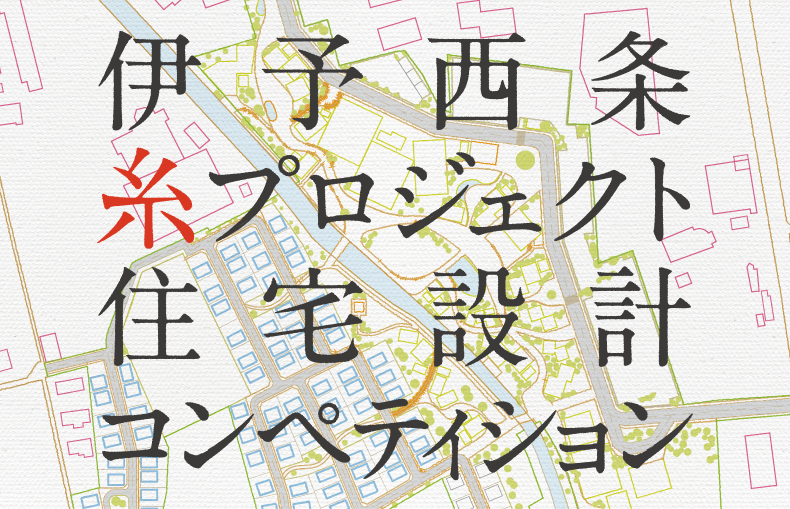 【U39 3/6締切】愛媛県西条市で隈研吾さんらが審査員の建築コンペ
【U39 3/6締切】愛媛県西条市で隈研吾さんらが審査員の建築コンペ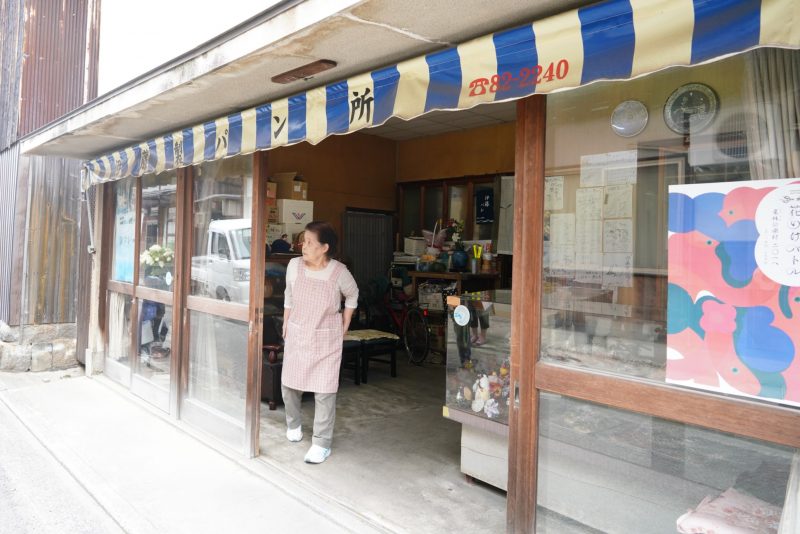 昭和の薫り、伊藤製パン所 – Ito Bread Factory
昭和の薫り、伊藤製パン所 – Ito Bread Factory
Random ランダム
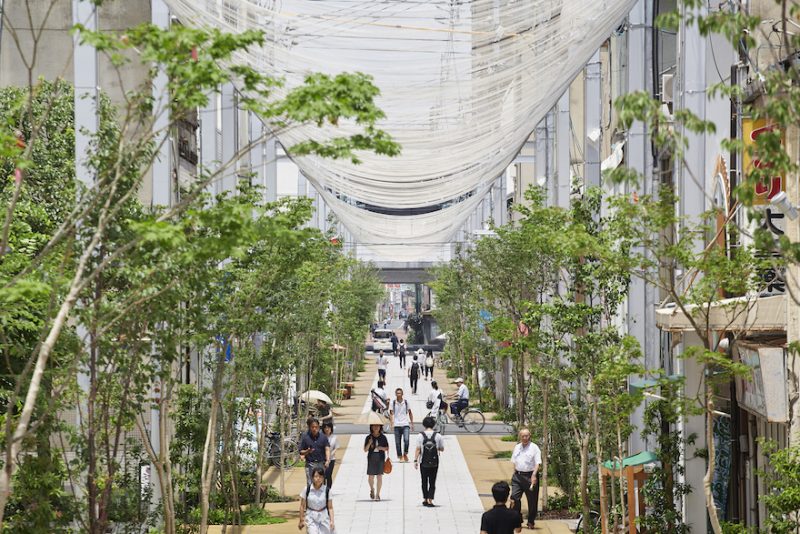 【グッドデザイン金賞】広島県・福山市商店街アーケード「とおり町Street Garden」
【グッドデザイン金賞】広島県・福山市商店街アーケード「とおり町Street Garden」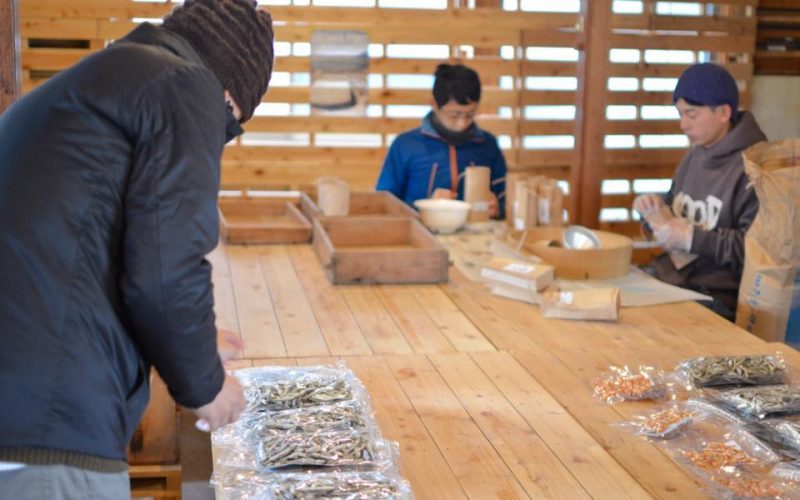 このメンバーで最後の四国食べる通信12月号の発送
このメンバーで最後の四国食べる通信12月号の発送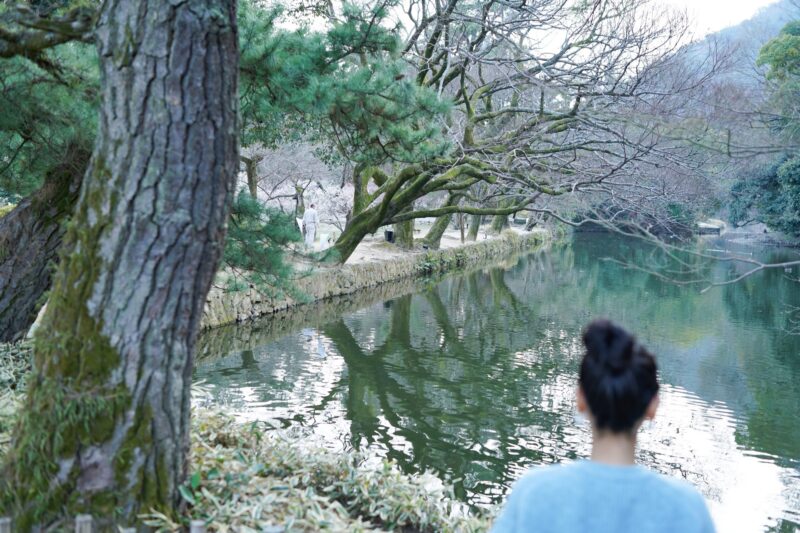 【香川県高松市】水の物語を感じるスポットまとめ – Water Tourism of Kagawa
【香川県高松市】水の物語を感じるスポットまとめ – Water Tourism of Kagawa Trencadis トレンカディス
Trencadis トレンカディス- リズムを巡る考察本 – 奥窪宏太
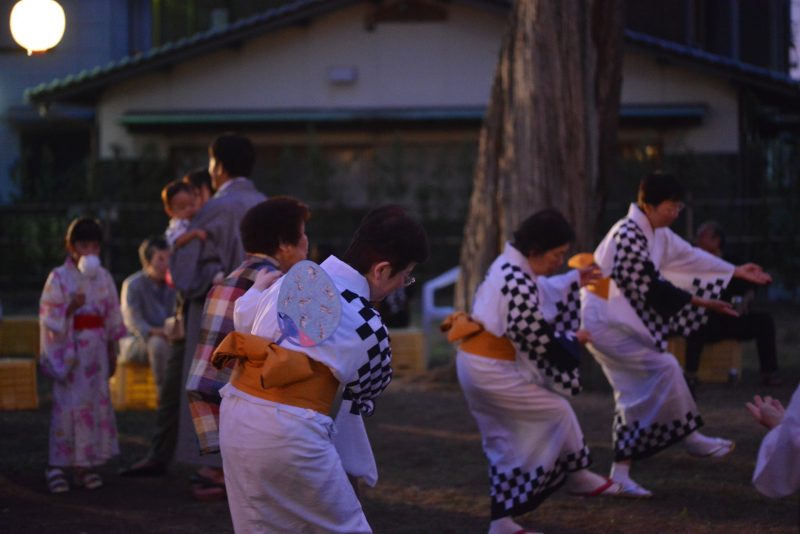 【香川・8/25(土)18時〜】伝統の盆踊り「仁尾踊り」が復活「櫓をかこむ仁尾の夏祭り」
【香川・8/25(土)18時〜】伝統の盆踊り「仁尾踊り」が復活「櫓をかこむ仁尾の夏祭り」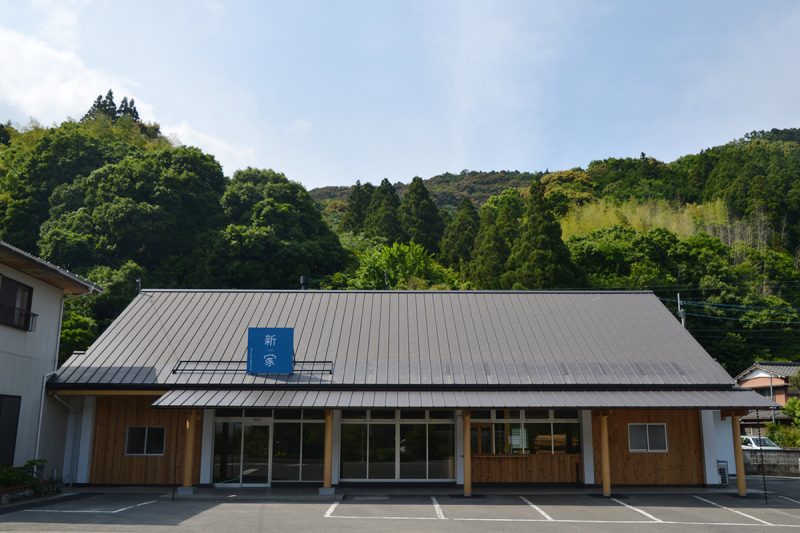 徳島県最後の村に地域交流拠点『新家(しんや)』がオープン!
徳島県最後の村に地域交流拠点『新家(しんや)』がオープン!- コンピューター研究者・石井裕 – NHK 仕事の流儀
 ベルリンにある人気のベトナム料理屋「Chen Che」Berlin
ベルリンにある人気のベトナム料理屋「Chen Che」Berlin![【広島】平和の軸線に建つごみ処理場。谷口吉生設計『広島市環境局中工場』 – [Hiroshima] Yoshio Taniguchi Design, ‘Hiroshima City Environmental Bureau Naka Plant’.](https://yousakana.jp/wp-content/uploads/2023/05/naka-plant_hiroshima-01-800x533.jpeg) 【広島】平和の軸線に建つごみ処理場。谷口吉生設計『広島市環境局中工場』 – [Hiroshima] Yoshio Taniguchi Design, ‘Hiroshima City Environmental Bureau Naka Plant’.
【広島】平和の軸線に建つごみ処理場。谷口吉生設計『広島市環境局中工場』 – [Hiroshima] Yoshio Taniguchi Design, ‘Hiroshima City Environmental Bureau Naka Plant’.

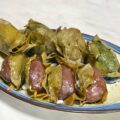
![【小豆島 7/8】虫送り、江戸時代から島に伝わる行事 - [Shodoshima island, 8 July] The torch procession at island](https://yousakana.jp/wp-content/uploads/wordpress-popular-posts/11719-featured-120x120.jpeg)
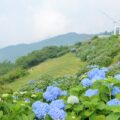
![【高知】魚を守る道、アイスハーバー型らせん魚道 – [Kochi] Ice Harbor type spiral fishway](https://yousakana.jp/wp-content/uploads/wordpress-popular-posts/50244-featured-120x120.jpeg)

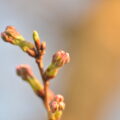

![【香川 7/20】海に生きる人たちによって300年受け継がれてきた船渡御『皇子神社船祭り』 - [Kagawa 20 July] Over 300 years history, the boat festival of Ouji shrine](https://yousakana.jp/wp-content/uploads/wordpress-popular-posts/41120-featured-120x120.jpg)

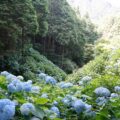

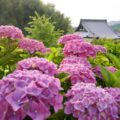

魯祐の巻物 | yousakana no makimono
目線
なんだか「目線」というテーマが最近ちらちらするので、 過去の目線つながりメモを…